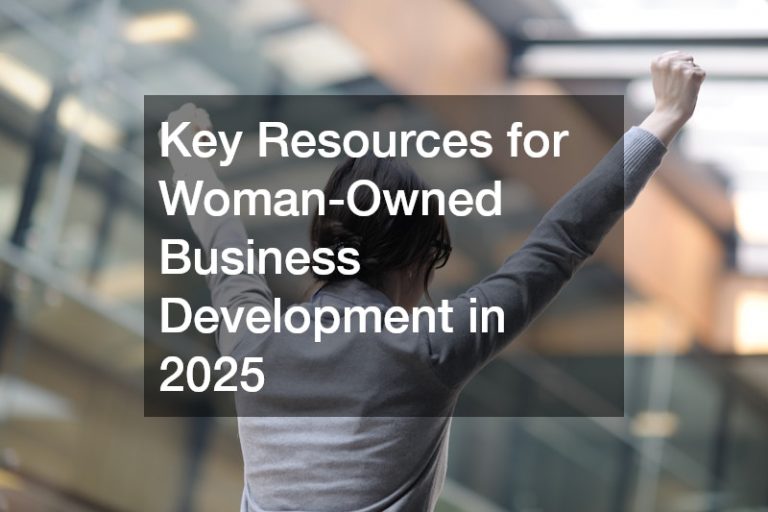

Blister packaging is both a popular and common method for packaging many products we use on a daily basis. Have questions? See the Q and A below for answers.
What is blister packaging?
Blister packaging is a type of packaging material and method used for pharmaceutical materials, foods, as well as office supplies. This type of packaging is characterized by its ‘formable web’ or pocket that forms a cavity suitable for holding and displaying whatever product it inside of it.
Blister packaging is often made of materials such as translucent plastic, and vinyl. Many environmentally conscious individuals often debate about its wastefulness, as a great deal of blister packaging designs are not recyclable.
What are the types of blister packaging?
There are many types of blister packaging. A common type is called a clam shell package. The shape of this is easy to imagine because the name says it all. The base is two convex plastic webs bound together by a hinge. This is popular for hardware and home office supplies, as well as many food products.
Another type of blister packaging is called carded blister packaging. This means that the plastic cavity containing the product is backed by either plastic or cardboard. Manufacturers like to use this kind of blister packaging because it allows companies to display instructions, product information, and promotions and coupons directly on the product packaging.
Another common type of blister packaging is single unit dose blister packaging. This is often seen in pharmaceutical packaging companies for items such as pills and medications.
Why use blister packaging?
For consumer and manufacturer alike, there are many reasons why blister packaging is an ideal packaging method. For starters, blister packaging is fast and efficient on the manufacturing end. It often is a good way for pharmaceutical packaging companies to prevent the counterfeiting of items such as prescription medications. Blister packaging also allows the product to remain protected from both humidity and structural damage. Additionally, companies use blister packaging because it allows them to display the product information directly on the product.





